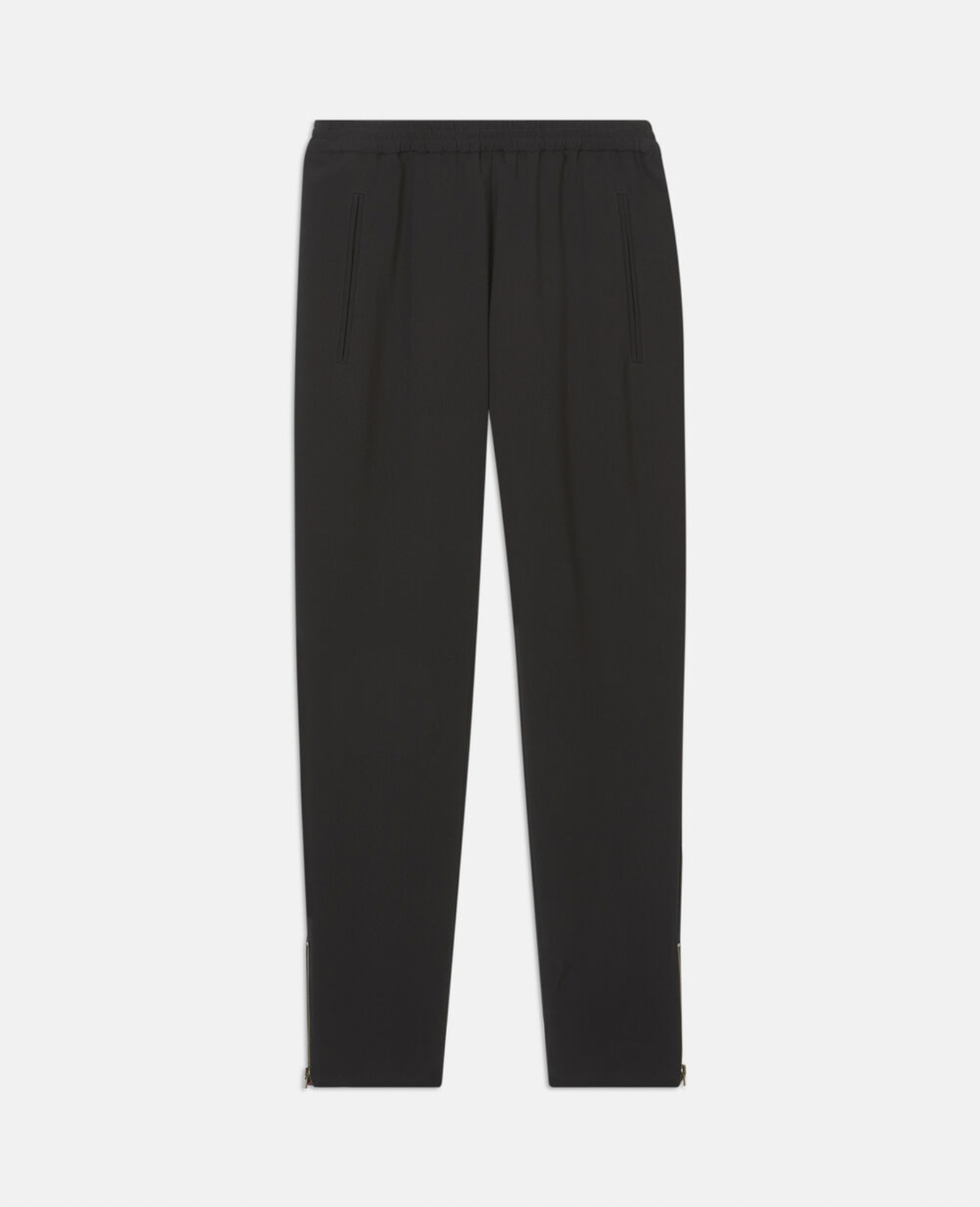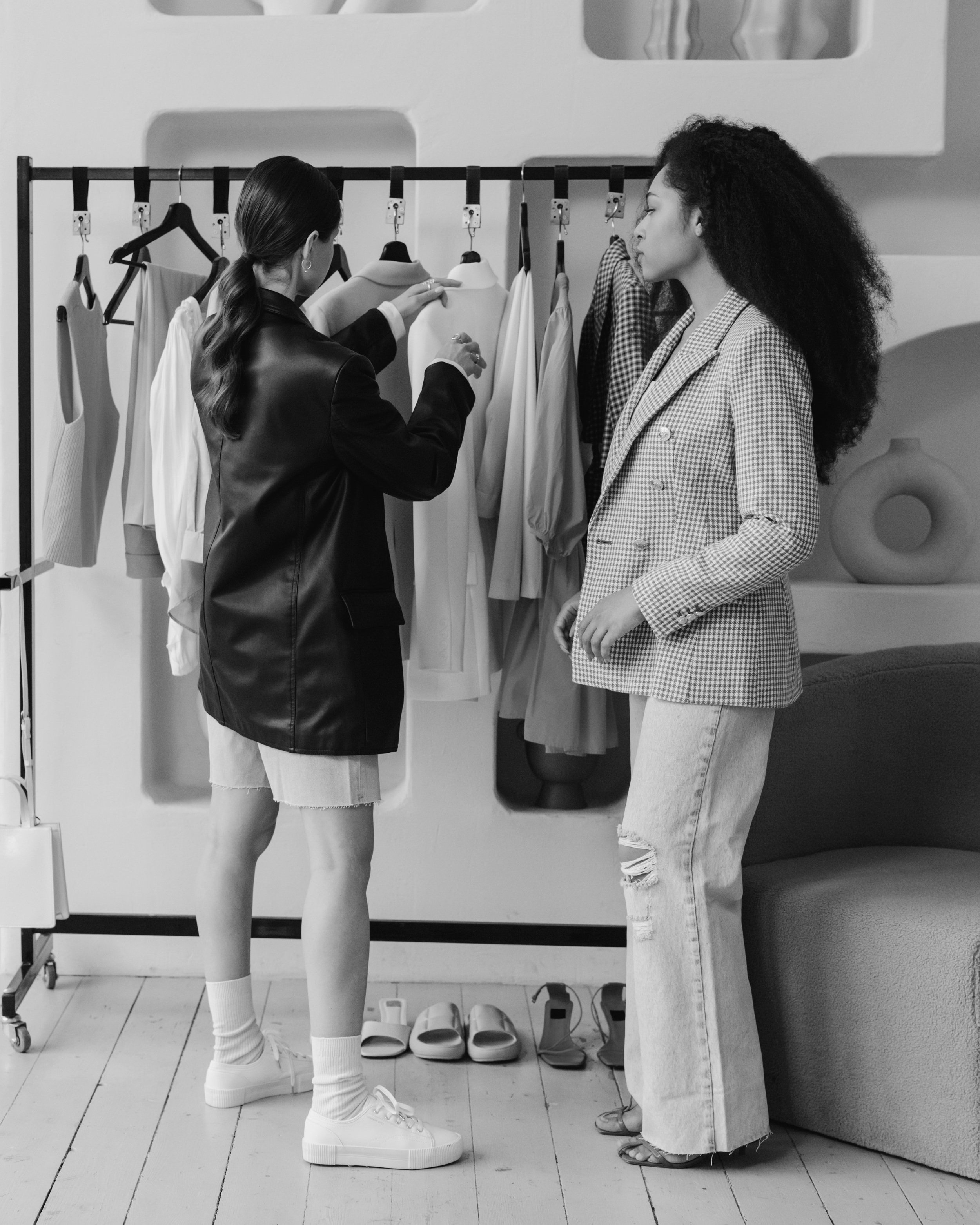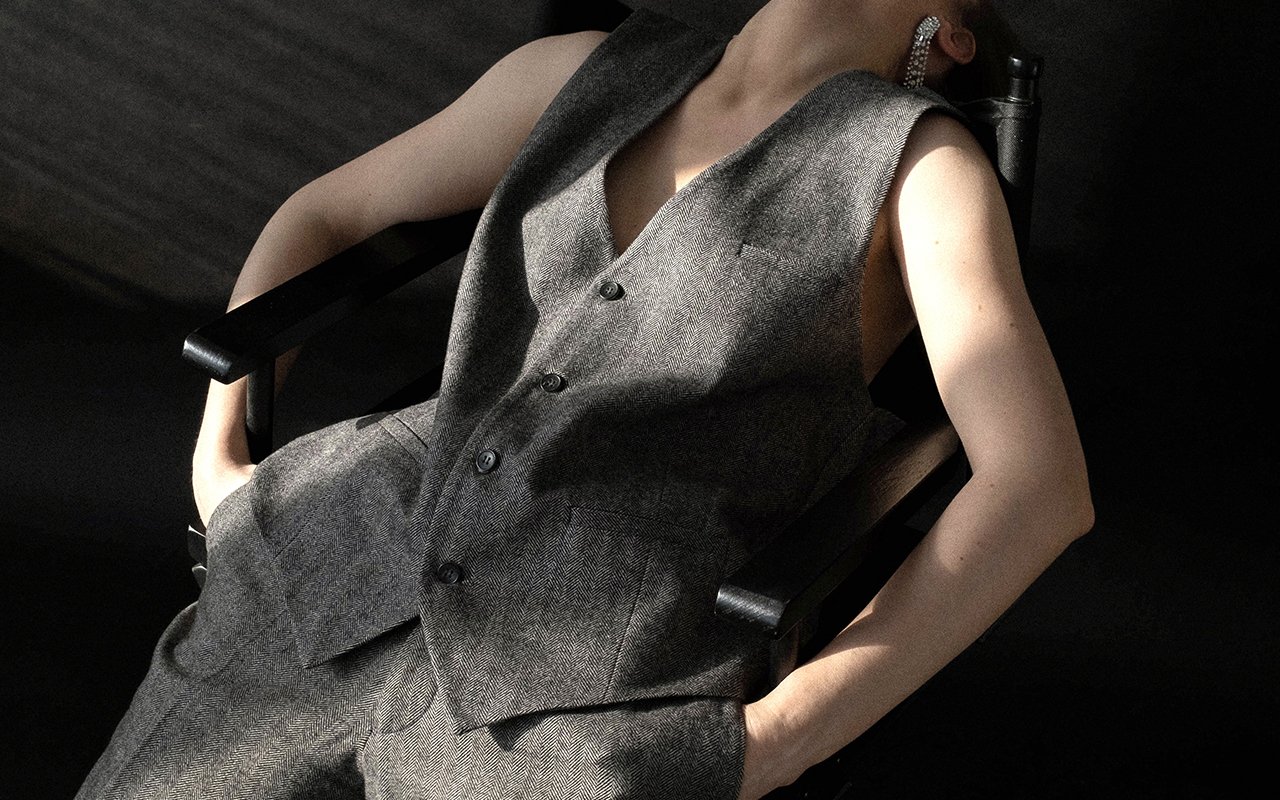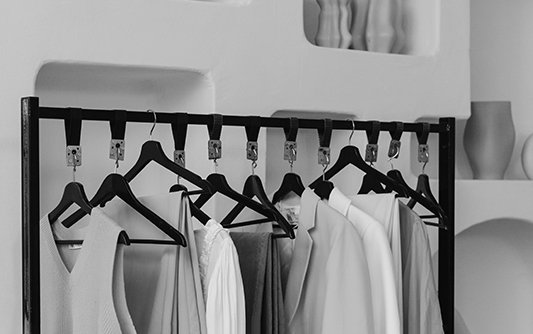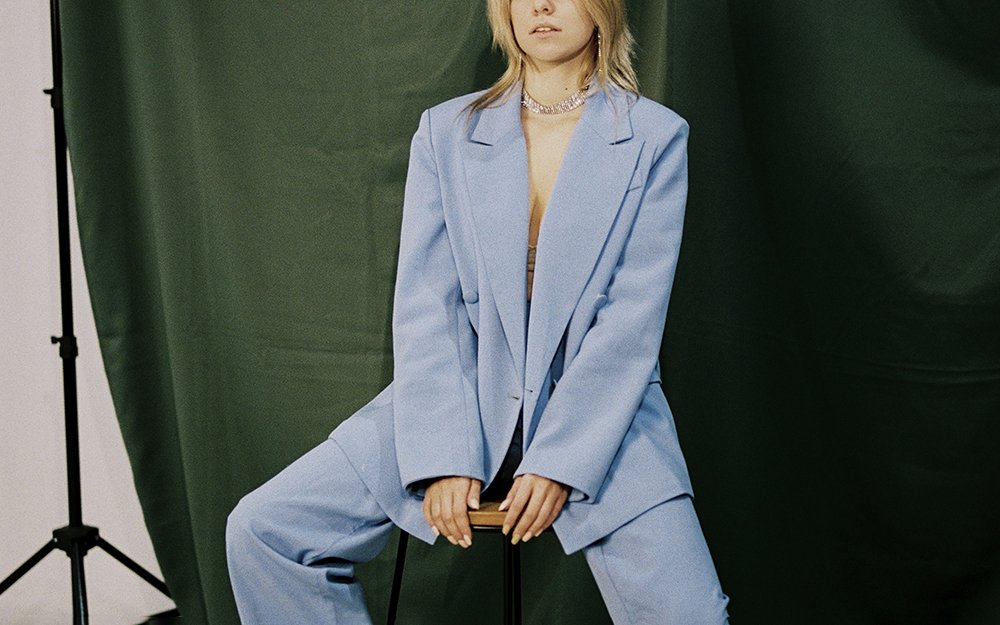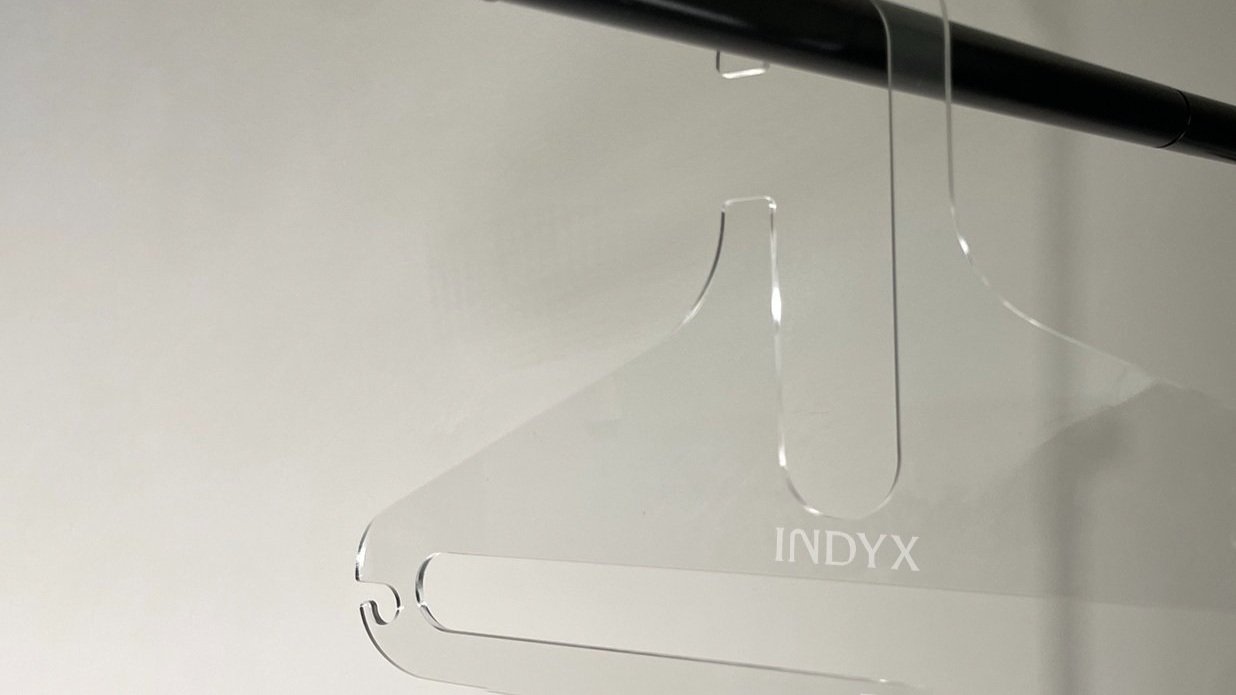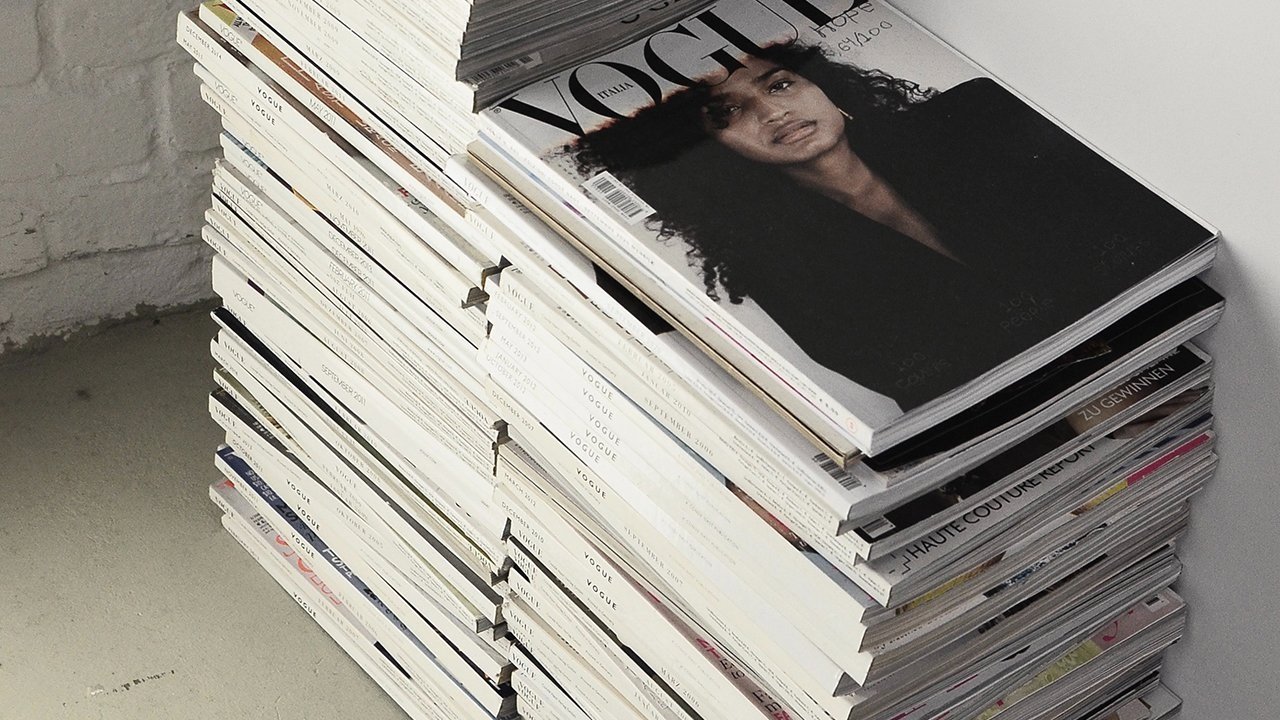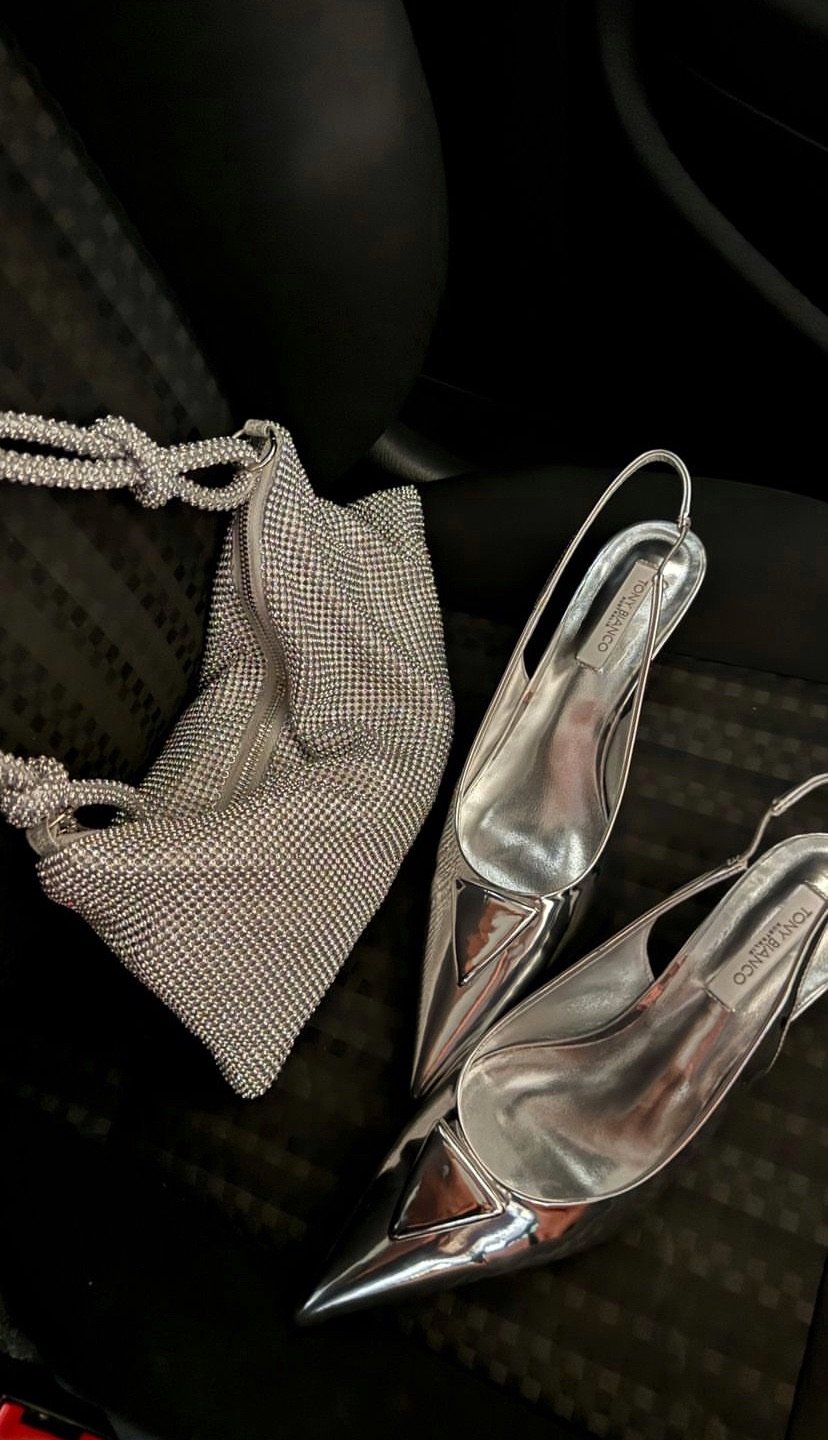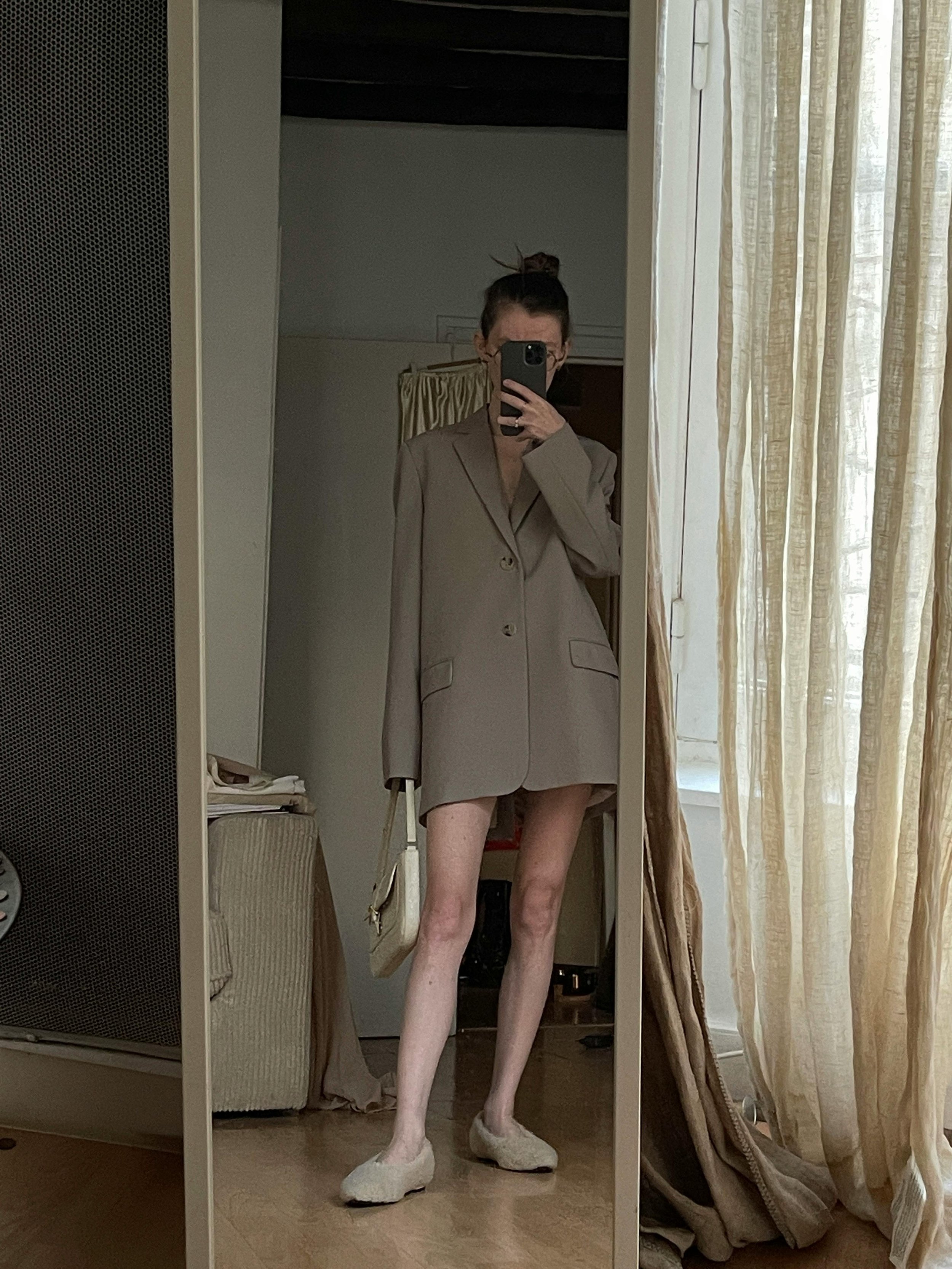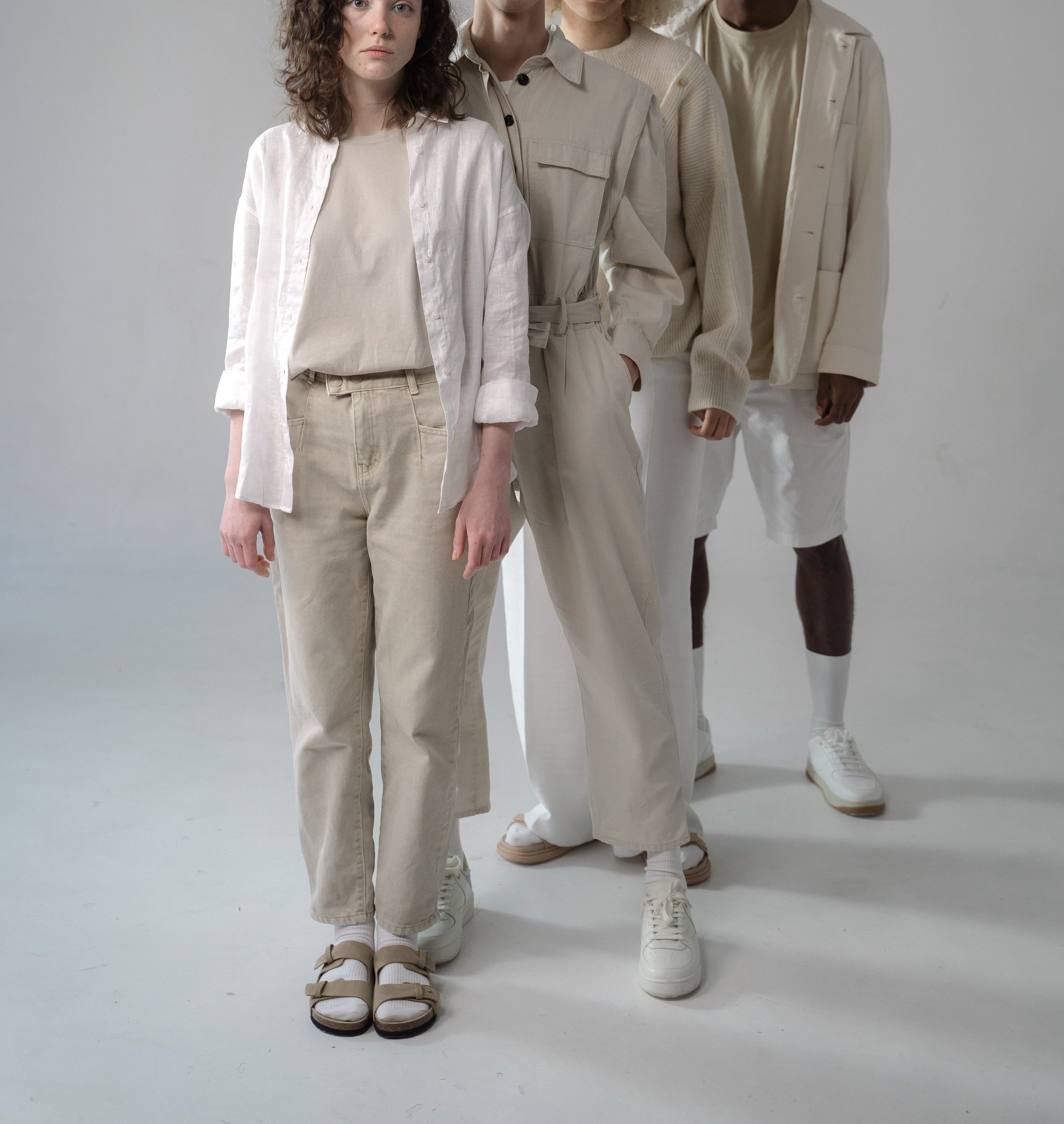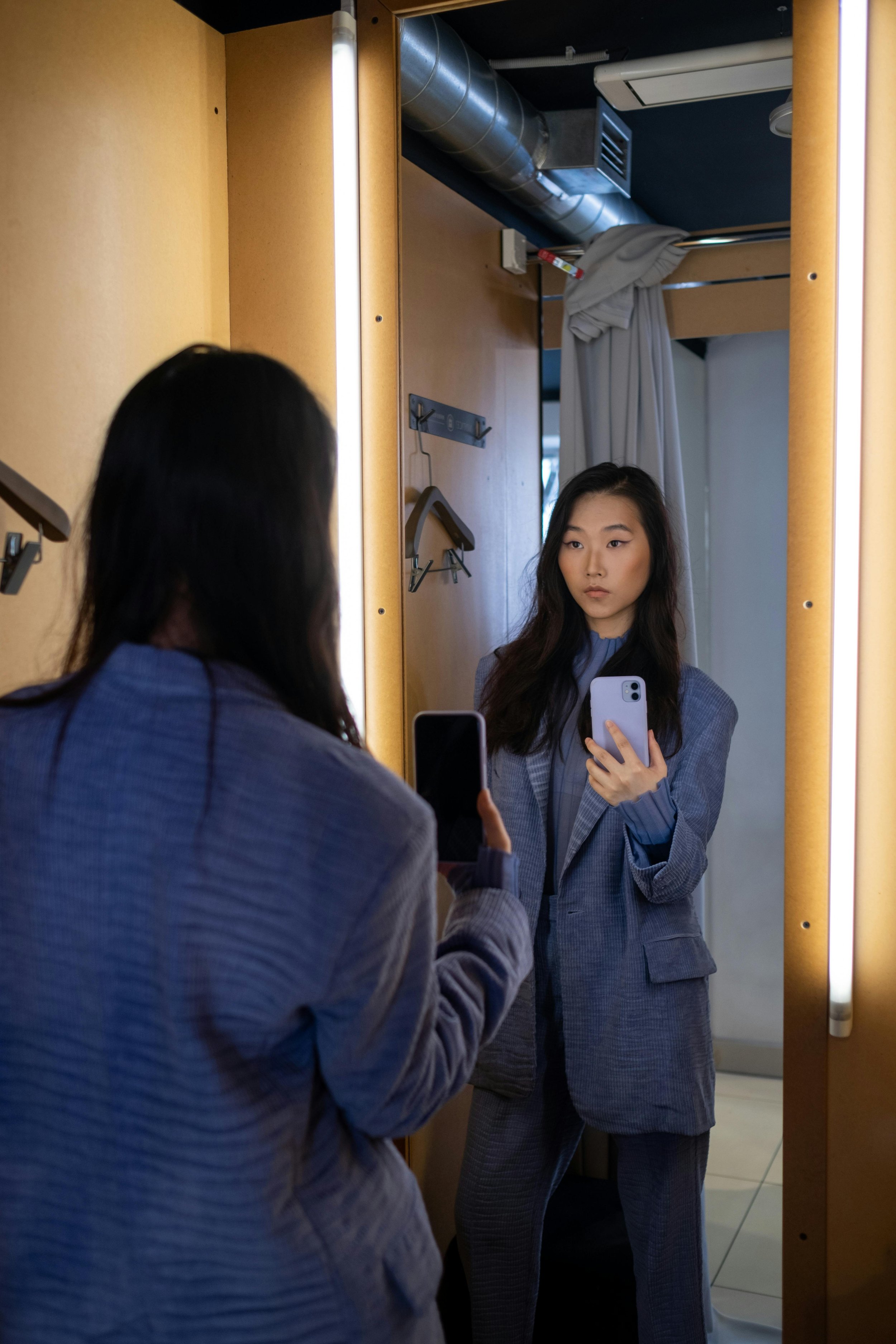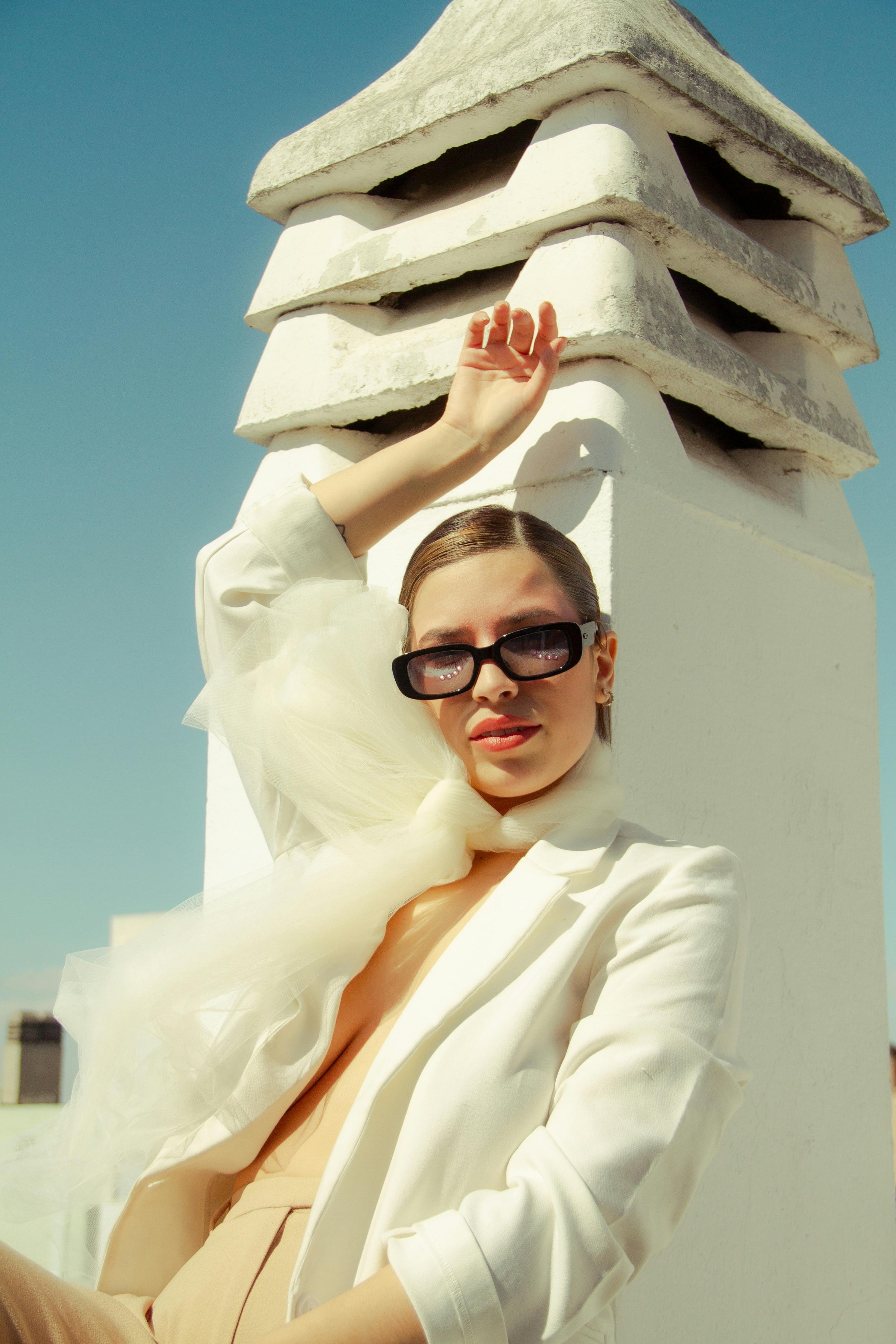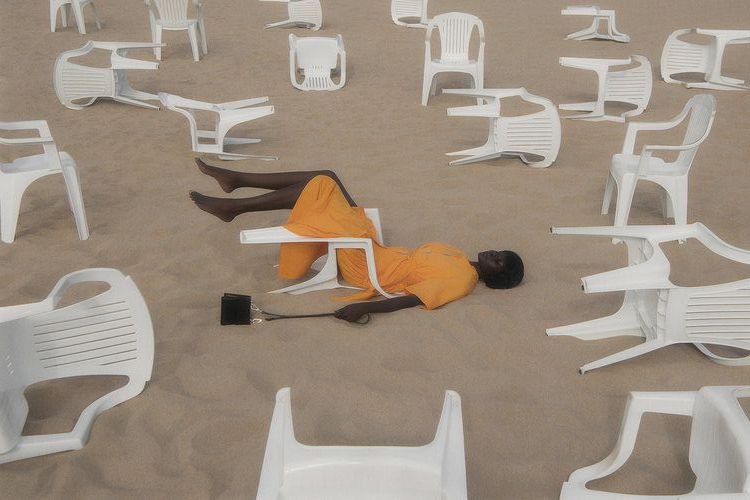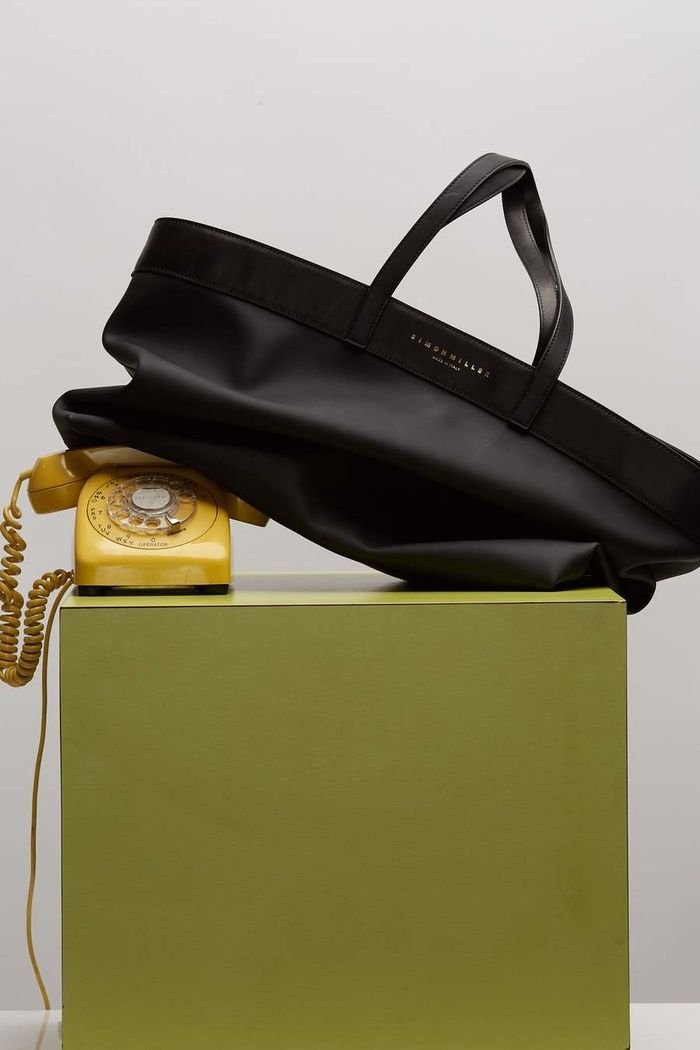Diversify Your Wardrobe Portfolio With The Right Fashion Investments
Stocks, bonds, and mutual funds are the vehicles we usually associate with investing, but we should also be thinking of coats, watches and bags! Yes, you heard me right - and no, this is not written by Rebecca Bloomwood of Confessions Of A Shopaholic.
An investment is spending money in a way that will yield a return in the future. And the right fashion investment piece can yield more than just a financial return. You can’t wear a share of Amazon stock, but you sure as hell can wear an Hermès silk scarf.
Speaking as a recovering addict myself, this isn’t a hall pass for the compulsive shoppers among us to spend your entire paycheck on clothes. Fashion investments are not meant to replace financial investments, but I do want you to shift your mindset to to start viewing your wardrobe as a financial asset - and treat it as such!
Would you mindlessly buy stocks in a company just because all the Patagucci finance bros are talking about it? Of course not. You’d do your own research first, and see if it fits your investor profile when it comes to risk and potential return on investment.
Likewise, when you view your clothes as investments, you don’t buy things just because the brand is popular or the item is on trend - you make an assessment of the item’s true value to you and your wardrobe.
I’ll take a brief moment to plug - you are on the Indyx blog after all - that the Indyx app allows you to manage your fashion investments on your phone, just like you check your stocks on Fidelity or Robinhood. Sticking with the finance analogy: with Indyx, you can assess which investments you need to make and let go of investments no longer paying dividends. As someone with a background in investment banking, I’ve always given a lot of thought to how I invest my money - and I founded Indyx with the intention of helping women make better and more informed decisions for their wardrobes.
When it comes to the best designer investment pieces, the usual suspects come to mind: the Burberry trench coat, Moncler puffer, or Fendi Baguette, among others. They’re the it-items, the company's iconic fashion pieces, as recognizable as their logo. These are broadly considered as great fashion investment pieces….but by what criteria? Who says?
Let’s start by breaking down what an “investment piece” really means. You might be surprised to hear that there are a few different possible definitions!
What Is An Investment Piece?
Broadly, a fashion investment piece is any item of clothing or accessory that you spend money on to receive a future return.
But, how you define that “return” can vary from person to person!
I classify return into three categories: financial, utility and emotional return. A single “investment piece” can yield just one type of return, or even all three types depending on the specific item and how you use it.
Financial Investment
A piece that holds its value well, or even grows in resale value over time.
This is most like a traditional investment (i.e. stocks and bonds), and generally most objective since there is shared truth around the resale value of a certain item. These products are more often than not quite expensive, and are almost always jewelry, watches, or certain handbags.
An example of a financial fashion investment piece is a Rolex or Cartier watch. These watches are of the highest material quality and assembled in Switzerland, the crown jewel of watch fabrication. Their prices not only hold but in many instances actually go up due to their rarity.
Utility Investment
A piece that may or may not have a high price tag, but you wear it so much that the cost per wear becomes very low.
My low cost-per-wear Alaia combat boots
Cost-per-wear is the calculation of how much you paid for something divided by how many times you actually wore it, and is a method of quantitatively comparing the value of items even when they have completely different price points.
But, you don’t need to track cost-per-wear to understand and own utility fashion investments. This is, after all, the criteria used most often by shoppers trying to justify their purchases, sounding something like “sure, it’s expensive…but I’ll wear it all the time! I need to invest in my wardrobe essentials”.
Which items will fall in this category is highly individual - please don’t buy into the one-size-fits-all capsule wardrobe myth, because not everyone needs the same “basics”.
An example of a utility investment from my wardrobe are my Alaia combat boots. These are my go-to shoes that are always ready for the unpredictable San Francisco weather. They fit right into my wardrobe and compliment so many of my looks.
Emotional Investment
A piece that is expensive (to you) that will stay in your closet for many years without going out of style - and often holds some emotional attachment.
This is how *most* people default to thinking about fashion investment pieces. They tend to be highly considered - something that you imagine passing down to your daughters. They are often also attached to life ‘milestones’, think: birthdays, anniversaries, graduations, or promotions.
When it comes to these investments, we are thinking of timeless pieces that never go out of style. When we say timeless, some people think only pearls and tweed - but timeless isn’t limited only to people with Classic style. I have many timeless pieces in my more modern style.
An example of an emotional investment is a Lady Dior bag. A treasured bag of the late Lady Diana - affectionately renamed in her honor - that will last you for generations. The bag has never gone out of style and is widely considered one of the most prized luxury accessories.
While there is no minimum you need to spend for something to be considered a fashion investment, poor quality won’t yield a positive return for any of these three categories.
Buying an inexpensive pair of boots may sound like a great deal in the moment, but poor quality products just don’t hold their financial value and therefore don’t justify your emotional investment. Ensuring you buy a quality item and that you take care of that item is in your best interest regardless of the type of return you are looking for.
What To Consider When Buying A Fashion Investment Piece
While your regular investment planning may trigger a complete space out at the bank, fashion investing is anything but boring. I won’t lie - there is some (optional!) math involved - but it’s mostly about looking at your clothes and envisioning your ideal future wardrobe.
Before making any purchase it's important to take into account your current financial situation. I love the 1% rule when shopping. For any item that costs more than 1% of your gross annual income, take at least one day to think it over. A fashion investment piece will have a different price tag for everyone, but the 1% rule is a good benchmark of what “expensive” looks like for you.
The questions you’ll want to consider vary slightly by which type of fashion investment you’re making.
Utility Investment: Which Types Of Items Will You Wear The Most?
Here, we are looking for items that you will use on repeat. And the best way to know this is to see how it will mix in with other pieces in your wardrobe - which you can easily do with your digital wardrobe on Indyx!
The goal is to have a defined style where your clothes easily mix and match to create new outfits. Creating a wishlist is the ideal way to keep a running list of what you need to complete your wardrobe and create new outfits. From there you can decide how much money you want to invest in each item, instead of looking at an item to then see if it fits into your wardrobe.
How many outfits will it unlock? Once you’ve uploaded the item you’re considering to your Indyx digital wardrobe, try adding it into outfits you’ve already made/worn and try building new outfits with the item in mind. If you can’t stop, that’s a good sign; if you’re struggling, it’s not going to get easier once you’ve spent hundreds (or thousands!) of dollars on it.
What weekly activities can I wear it to? I think it’s important to find at least one activity each week that you can wear this item to, since that is the only way you’re going to reduce that cost per wear. Whether it’s work, drinks with your friends, taking the kids to their after school activities; list out everywhere that it would be appropriate for you to wear that item.
Do I already have something like it? If you already have several straight denim jeans, you’re not likely to get a lot of wear out of a new one. We only have two legs after all. Wow, we really do all eventually start sounding like our moms, don’t we?
You can easily see if you have repeated items on your virtual Indyx wardrobe, and avoid spending money on something you already own.
Emotional Investment: Which Types Of Items Are Timeless?
A treasured item has to be timeless, but timeless designer pieces don’t have to be classic in style. They just need to pass the test of time. How do you judge that?
Taking the brand out: how do you feel about the item? Imagine the item was from a brand that you don’t like. Would you still want it? It’s important to answer this question because on one end you’ll see if it’s actually your style and on the other end it helps avoid purchasing from a trendy brand that may not be so popular in a few decades time.
Has this item ever been out of style? If the item is currently all over your For You Page, there is a high chance it’s a fleeting trend that you should not buy into as a treasured investment piece. Another way to say this is: would I still be proud to wear even if it wasn’t the current “it”-item?
And, depending on your personal style, a timeless item can be something very bold - it just can’t be overly trendy. A good example of this are the Gucci loafers, as they are an iconic design that has been around for years, but buying them in a more vibrant color like fuschia wouldn’t affect their timelessness.
Will it fit you for many decades to come? While a girl can dream of never aging like Naomi Campbell, we do have to look at the longevity of that item for you and your lifestyle. If you’re considering a piece of clothing, this can mean the physical fit - which is another reason why shoes, handbags, and jewelry are popular investments! - but it also means lifestyle and aesthetic fit. Buying a sequined Valentino bag may seem like a lifelong investment when you’re still in your clubbing era, but you may find yourself without an occasion for it in the future.
Financial Investment: Which Types Of Items Hold Value Better than Others?
Financial investments are about getting a hard financial return. So deciding what to invest in can feel a little scary when you’re unsure if it will hold its resale value. The following questions are here to put your worries at ease when making a financial fashion investment.
Is supply constrained? You’ve likely heard how hard it is to get your hands on an Hermès Birkin, or might have dealt with the issue yourself. The reason for this is because of the exclusivity - Hermès curates their brand image by producing many fewer Birkins than people wish to buy. Most brands, even luxury ones, won't retain their value 100% on resale. Hermès’ manufactured exclusivity means their Birkin bag often goes up in value, with its resale price rising 80% in the last 3 years. Rolex is another brand that operates in the same way, they too create exclusivity and in turn their watches resale for more than the retail price.
Likewise, some brands like Louis Vuitton, who cater to a more mass luxury market can also manufacture exclusivity through limited edition collections such as their recent Yayoi Kusama collaboration. These special collections also tend to sell for more than their retail price.
Is it an established fashion house with decades of steady growth? Items that are from more up and coming brands are riskier, but could give a greater reward as they are usually less expensive than classic designer investment pieces from established fashion houses. Zadig & Voltaire is a great example of this. A few years ago, the French brand sold their iconic bags for €290, and today a used one costs about the same. That’s because their popularity led to an increase in their value, now selling new for around €500. On the other hand, a Chanel bag is a relatively safe fashion investment piece, as the brand has been on an upward trajectory for decades.
Is it an accessory? Accessories are easier to resell, they tend to be more classic in style, they are many people’s first luxury purchases and most importantly they don’t have sizing. Accessories ultimately have a wider clientele - they are much more “liquid” than sized investments in clothing or shoes.
Can I keep it in excellent condition? No one is going to spend thousands on a worn out item. Even Birkins take a serious price hit when they are not in impeccable condition. This is another reason why accessories are preferred to clothing and shoes. Regardless of if they are made in Italy by hand by the greatest artisans, the moment you take a step out of your house and scuff the soles, a pair of shoes loses a big chunk of its financial value.
The Best Designer Investment Pieces That Could Be Right For You
Now that we’ve discussed the different types of fashion investments and how to evaluate them, I’ll share a few of my own favorite designer investment pieces - and how to think about whether they’re also the right ones for you.
Chanel 2.55 Handbag
Investment Type: Utility, Financial, Emotional
A timeless bag basically synonymous with the Chanel label that you can wear casually or dressed up. While it is more suited for someone with a classic style, I also think it looks great with a simple white tee shirt and jeans. This is a great investment if you are looking for something that you are certain will hold its value. But good luck selling it - your daughters will never let you!
Bottega Veneta Trench Coat
Investment Type: Utility, Financial
Bottega is a new enough brand that still has its cool cache, but it’s established enough to retain most of its resale value. You can wear this trench over just about anything and coats don’t have a lot of wear and tear so it can hold its value for a long time. The leather navy makes it the ideal fashion investment piece for someone who favors a sleek and powerful look.
Gucci Loafers
Investment Type: Utility
The perfect on-the-go shoes for any woman who needs to go from meeting to grocery store to picking up the kids. They will look great with a pantsuit as well as jeans and a tee shirt. If you have a more relaxed style but want to dress up for work, these shoes will make your outfits look more professional.
Cartier Tank Watch
Investment Type: Utility, Financial, Emotional
If you want to make a jewelry investment but are looking for something practical - a watch is your ideal fashion investment piece. The Cartier Tank is a timeless icon that you can wear everyday. It’s lowkey enough to be worn casually, and elegant enough to be worn to dinner. You can keep it for decades as a treasured piece in your jewelry box and in the unlikely event you do want to sell it, you’ll make your money back.
Figuring out what fashion designer pieces to invest in is as complex as a financial investment. However, unlike buying bonds and stocks, fashion has a practical use in your daily life.
The key to not making a large investment you regret a few months down the line is doing your research. I say bring on the Excel spreadsheets!
Whether you’re looking for a financial, utility or emotional investment, don't feel pressured to decide in one day, I encourage you to take your time and work through my checklist. You should feel 100% sure that it’s the right item for you, and if it’s not, leave space in your closet for when you eventually find just the right fashion investment piece you’ve been looking for.
Want some help figuring out your best fashion investments?
Check out our affordable digital styling services to get 1:1 help from a real personal stylist, all starting at just $15.
FAQ
-
Accessories from designer brands and iconic pieces in pristine condition hold their value the best. Some examples are the Chanel 2.5 handbag, Cartier Tank watch and the Hermès silk scarf.
-
Actually, accessories tend to sell the most! Accessories aren’t constrained by size fitting and therefore are more easily resold. Also, they have less wear and tear than sized items, so they are usually in better condition to be resold at a premium.
-
Few designer items actually increase in price. Those that do are almost exclusively iconic accessories from the top tier luxury fashion brands. Additionally they are items in limited supply that are perceived as status symbols such as Rolex watches and Hermès Birkin bags.








